In January 1963, the Shah of Iran introduced a series of reforms known as the "White Revolution". This six-point plan was claimed to be prepared for Iran’s further development; however, the anti-religious and Western nature of the program was clear for religious figures including Imam Khomeini.
Imam Khomeini believed that the reforms favored the Shah and his monarchy, and saw them as a pretext for American and Zionist interference in Iran.
Discussions between Imam Khomeini and the Shah's representatives failed to produce any results, as the Shah refused to clarify the full scope of the program.
Subsequently, Imam Khomeini and other religious leaders decided to boycott the referendum on the White Revolution. In response, the Shah led an armored column to Qom and delivered a speech harshly criticizing the religious leaders. Despite their opposition, the referendum was carried out and the program was approved.
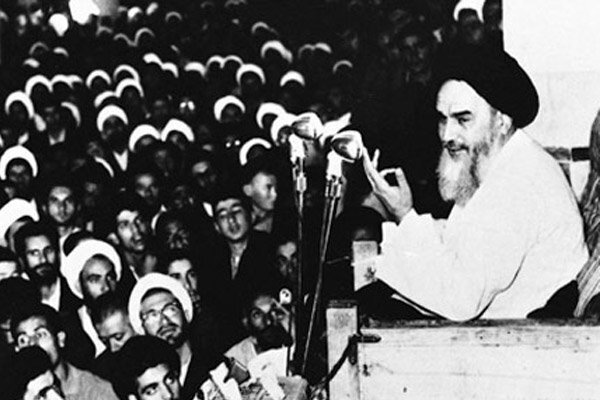
The opposition to the Pahlavi dynasty, both religious and public, took different forms, including declarations and the cancellation of Nowruz celebrations. However, the pivotal moment came with Ayatollah Khomeini's speech on June 3, 1963, at the Feyziyeh Seminary School. The speech, delivered during a ceremony to commemorate the anniversary of Ashura, criticized the Shah's anti-Islam policies and drew parallels between the Umayyad ruler Yazid and the Shah.
Two days later at three o'clock in the morning, security men and commandos descended on Khomeini's home in Qom and arrested him.

After the incident, the streets of Qom trembled as revolutionary men and women protested against the Shah's regime and supported their leader.
On the same day, people in Tehran and other cities rose up, demanding an end to the oppressive imperial regime. Wearing white clothes traditionally used for burying the dead as a symbol of their willingness to die for their cause, the Iranian people staged massive demonstrations against the US-backed Shah, following the news of the detention of Imam Khomeini (RA), the Father of the Islamic Revolution.
The regime violently suppressed the people, resulting in numerous deaths and injuries.
This historic uprising, known as the "15th of Khordad," marked the beginning of the Islamic movement that would change Iran's destiny.
Despite Imam Khomeini's exile a year later, the movement ultimately led to his return and the triumph of the Islamic Revolution on February 11, 1979.

After the Revolution, Imam Khomeini designated the day as a national day of mourning on the Iranian calendar.
One of the significant aspects of the June 5 uprising is that it was both popular and Islamic, and had a single leadership.
Prior to this, there were various uprisings and movements in Iran, but none of them possessed all three of these elements simultaneously.
Up until then, the only uprising that combined a popular and Islamic aspect with a single leader was the June 5, 1963 uprising.
The Pahlavi regime made extensive efforts to discredit the popular and Islamic nature of the June 5 uprising and utilized newspapers and propaganda to suggest that foreigners were involved in the uprising. However, the people's vigilance, determination, and the leadership of the Imam thwarted these conspiracies.
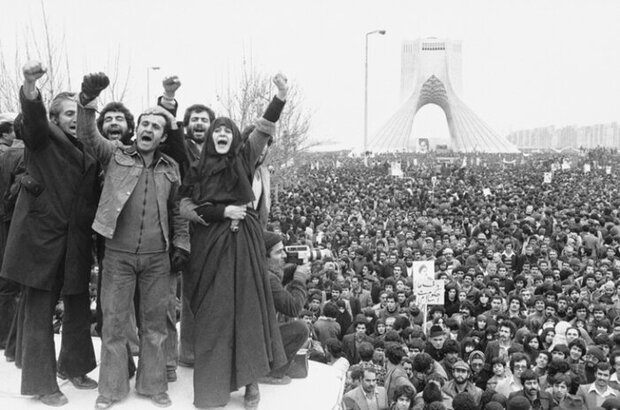
After the June 5 uprising, the position of clerics among the people increased, and they were able to gain widespread influence.
The uprising, which took place in the presence of a large number of people and was led by the late Imam Khomeini and religious scholars, was ostensibly suppressed. However, due to its characteristics, it continued and led to the overthrow of the 2500-year empire.
This uprising is known as the origin of the Islamic Revolution and the source of extensive domestic and international developments.
Reported by Amin Mohammadzadegan Khoyi



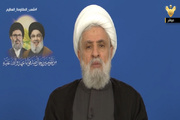
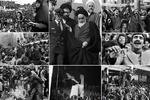
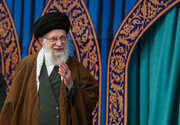

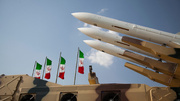



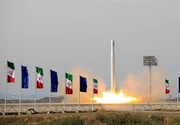






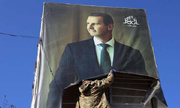
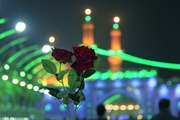
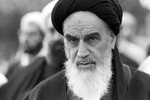
Your Comment